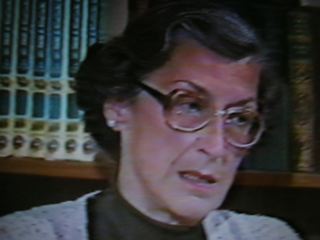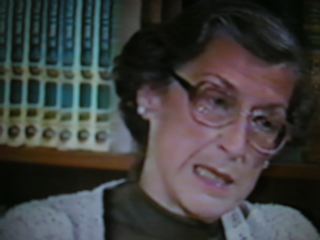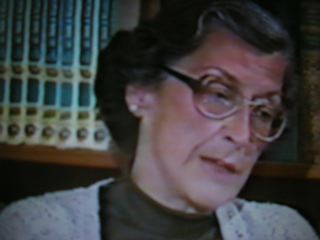In 1980-81 I interviewed Montara environmentalist Nancy Maule at her Montara home for âThe Mystery of Half Moon Bayâ?. I don’t know what I expected but she looked like a stern schoolteacher. As soon as she began talking it was obvious that she was not only passionate about her beliefs but she knew the history of environmentalism on the Coastside.
A proposed freeway helped fuel Nancyâs activism (she didnât drive a car when I met her). She recalled hosting a meeting in her living room organized to fight the freeway, with the preservation of open space the objective.
Nancyâs group considered the possibilities of a federal reserve stretching from Milagra Ridge to the north all the way south to Highway 92, encompassing some 40,000 acres.
âWhen we first arrived in the 1950s,â? she told me, âthere were no development plans. It was quiet until the early â60s. Then we heard [Henry] Doelger had huge plans to develop.â?
[Doelger was eyeing Princeton-by-the-Sea for what he envisioned as a âPolynesian Villageâ?, with all the âtropicalâ? trappings you can imagine].
Thereâs a local legend, Nancy said. âDoelger brought the president of the Bank of America to one of the hilltops, waved his hand, and said: âEureka! Weâve found it! Hereâs my new cityâ. The Bank of America president thought it was a great idea.
ââ¦.The only plans effectively carried out can be seen in Half Moon Bayâwhich delineates the philosophical attitude between Half Moon Bay and the rest of the Coastside,â? Nancy said, adding that âAll growth comes to pass in Half Moon Bay.â?
Note: Nancy Maule’s group of activists successfully picketed Henry Doelger’s project at Princeton. The big developer’s plans for a “Polynesian Fishing Village” fell through but he did construct a housing subdivision across the way, on the east side of Highway 1.



